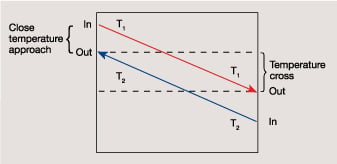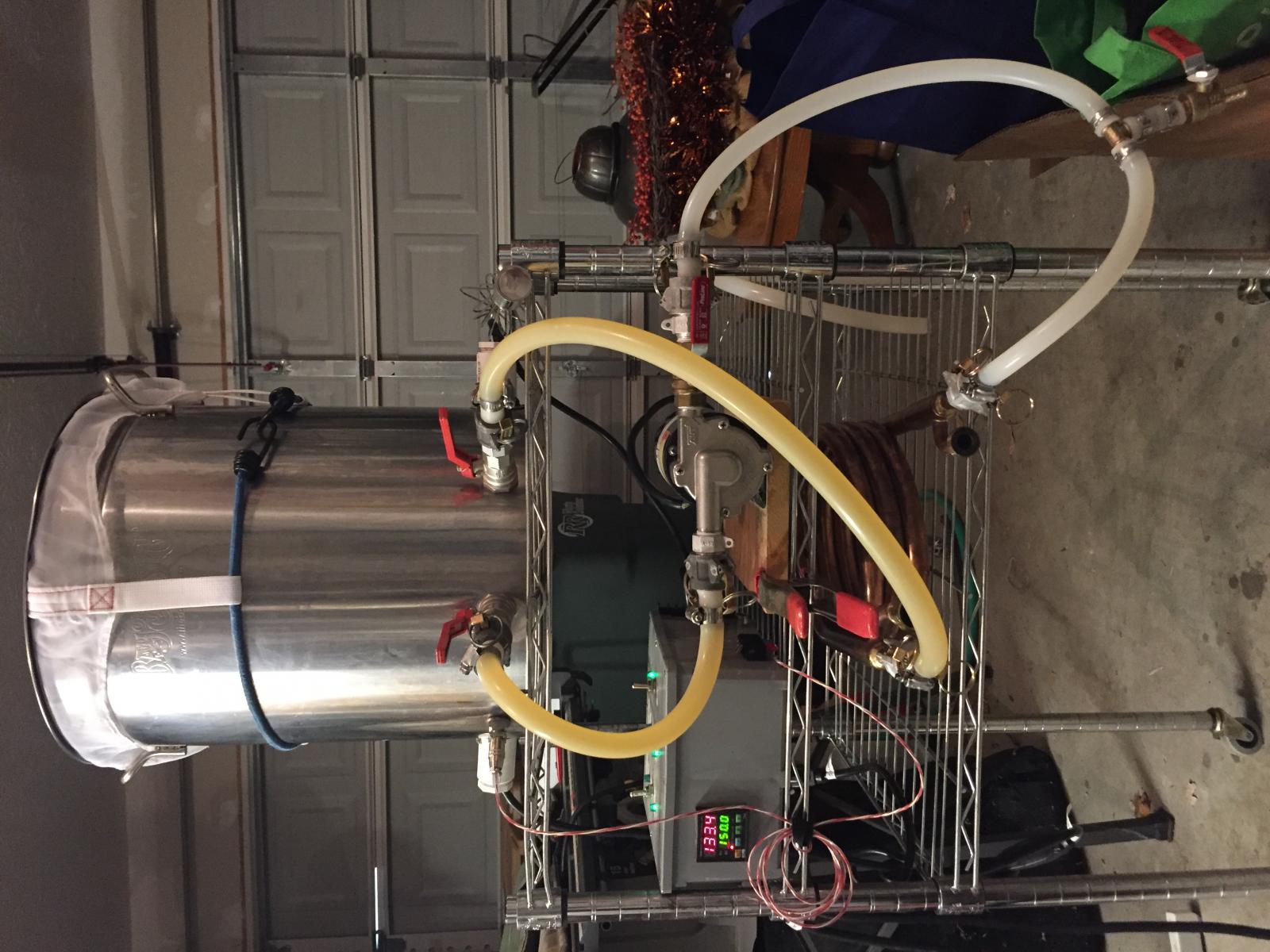DolfoMan
Member
Alright everybody; so I'm in the process of rebuilding my brew system and I've been thinking of ways of making things as simple and self contained as possible. I've been seeing a lot of info recently on people recirculating their chiller water with a simple water pump to save water. I love the idea, but I have a counterflow chiller instead of an immersion chiller, has anyone had any success with doing this recirculation with a counterflow? Is it any different from doing it with a coil? And most importantly, how do you keep your water supply cold? The exit water with a counterflow is always so damn hot, its hard to imagine the supply will stay cold long enough.




















































![Craft A Brew - Safale BE-256 Yeast - Fermentis - Belgian Ale Dry Yeast - For Belgian & Strong Ales - Ingredients for Home Brewing - Beer Making Supplies - [3 Pack]](https://m.media-amazon.com/images/I/51bcKEwQmWL._SL500_.jpg)






